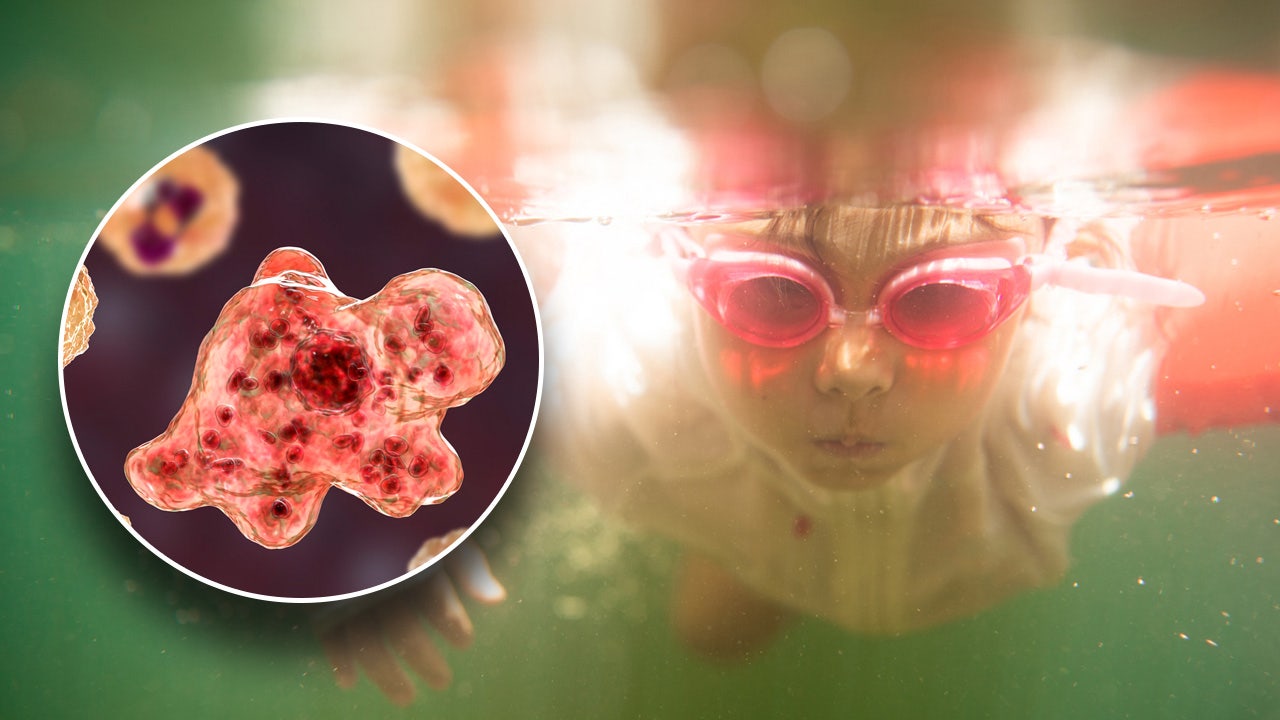Cooling off in lakes, rivers, and streams is a quintessential summer activity. However, for a small number of unfortunate individuals, this leisurely pastime can result in an infection caused by Nagleria fowleri, a bacteria commonly referred to as the brain-eating amoeba. This year alone, there have been three reported deaths in the United States due to this infection. Nagleria fowleri enters the nose during freshwater submersion, typically while swimming, and can cause a life-threatening condition called primary amebic meningoencephalitis (PAM), which destroys brain tissue, as stated by the CDC.
Out of the 157 reported cases of infection in the United States between 1962 and 2022, only four individuals have survived, giving this infection a death rate of over 97%. In July, a tragic incident occurred where a 17-year-old girl named Morgan Ebenroth from Georgia lost her life after being infected while swimming in a lake with friends. In another incident, a 2-year-old boy succumbed to a brain-eating amoeba infection from a natural hot spring in Nevada. Additionally, a man from Florida passed away in February after using tap water containing Nagleria fowleri to wash his face and rinse his sinuses.
To shed more light on the risks and prevention of infection, Fox News Digital interviewed Tammy Lundstrom, chief medical officer and infectious disease specialist for Trinity Health in Michigan. According to Lundstrom, the risk of contracting the brain-eating amoeba is relatively low, with fewer than 10 cases reported every year in the U.S. Nonetheless, the majority of cases result in fatality, with only a handful of survivors.
The Southern United States, known for its warmer temperatures, has reported the highest number of cases, particularly in Texas and Florida. The months of July, August, and September pose the highest risk. However, there have been a few rare cases reported in northern states as well. It’s important to note that swimming in the ocean does not carry the risk of infection since the amoeba only thrives in freshwater.
Naegleria fowleri prefers warm water and flourishes best at temperatures up to 115°F, making the summer months the highest-risk period. Interestingly, experts believe that climate change could contribute to an increase in Naegleria fowleri infections. Rising air temperatures lead to warmer water temperatures in lakes and ponds, coupled with lower water levels, providing an optimal environment for the amoeba to grow. Heatwaves can also promote the thriving of the amoeba when both air and water temperatures are higher than usual.
Recognizing the warning signs of PAM is crucial. Symptoms usually manifest around five days after exposure to the bacteria, but they may be noticed even earlier. Early signs commonly include headaches, nausea, fever, and/or vomiting. As the infection progresses, individuals may experience confusion, stiff neck, disorientation, hallucinations, seizures, and coma. It is essential to seek medical attention promptly if early symptoms, which also mimic bacterial meningitis, are observed. Death can occur within one to 18 days of infection, with an average of five days.
Preventing infection involves avoiding submerging your head in water while swimming, as that is how the amoeba enters the body through the nose. Lundstrom recommends seeking immediate medical attention if sudden headaches, fever, stiff neck, or vomiting occur, especially after swimming in warm freshwater. It is important to note that drinking contaminated water does not cause infection, and the disease does not spread from person to person. Although a man’s death was linked to using tap water for facial cleansing and sinus rinsing, Lundstrom assures that this is an infrequent risk. The best protection is to refrain from immersing the head while swimming during the summer. Using nose clips or holding the nose shut can also help prevent infection. Additionally, it is advisable to avoid stirring up sediment at the bottom of lakes, ponds, and rivers where the bacteria can reside.
In terms of treatment, a variety of antifungal medications, such as rifampin and azithromycin, are typically prescribed for patients diagnosed with a brain-eating amoeba. Miltefosine, a newer antifungal drug, has shown promising results in laboratory tests and has been used to treat three surviving patients. However, due to the high fatality rate, the effects of these drugs on infected individuals remain uncertain.
While the fatality rate of this infection is high, Lundstrom emphasizes its rarity. Millions of people enjoy swimming every summer, and only a small number of cases occur. To ensure personal safety, it is best to avoid submerging the head while swimming in the summer.
Denial of responsibility! VigourTimes is an automatic aggregator of Global media. In each content, the hyperlink to the primary source is specified. All trademarks belong to their rightful owners, and all materials to their authors. For any complaint, please reach us at – [email protected]. We will take necessary action within 24 hours.


